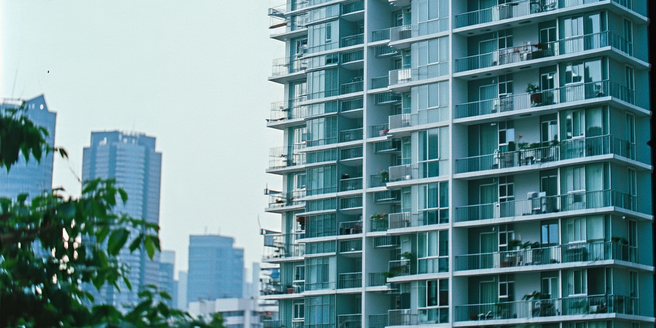Landlord Perspectives On High Rent Prices

Understanding the Factors Behind Increasing Rent Costs
Rent prices are influenced by several factors, which in turn affect a landlord’s decision-making. The demand for rental properties often spikes with urbanization, leading to increased competition among tenants. Inflation, which affects the cost of goods and services, can also drive rent prices up as landlords adjust rates to match economic conditions. Additionally, regulatory measures such as rent control can dictate how landlords set prices, sometimes leading to a reduction in available rental properties as profitability diminishes. A well-informed landlord will consider these dynamic factors when determining rent, ensuring they’re competitive while still viable in the long run.
How Economic Trends Influence Rental Pricing for Landlords
Economic trends play a crucial role in shaping rental prices, impacting landlords’ profitability. Interest rates, for instance, affect mortgage costs, and when rates rise, landlords may increase rent to cover these expenses. Economic growth typically boosts employment, leading to higher disposable incomes and increased demand for rentals, enabling landlords to raise prices correspondingly. However, during economic downturns, unemployment rises, and tenants may struggle with payments, pressuring landlords to adjust rent to maintain occupancy. Moreover, changes in housing markets, such as an influx of new developments, can saturate the market, affecting how landlords set competitive and sustainable rental rates.
Balancing Profit and Tenant Satisfaction: A Landlord’s Dilemma
Landlords often face the challenge of balancing profit against tenant satisfaction, a crucial element in long-term property management success. High rent prices can increase profits but may lead to tenant turnover, generating vacancy periods and additional costs associated with filling units. Conversely, maintaining lower, competitive rents may attract more tenants and reduce turnover but can squeeze profit margins. A strategic approach involves open communication with tenants, offering reasonable rent within market norms, and providing quality service and maintenance. Ensuring tenant satisfaction can lead to longer-term tenancies, stability in rental income, and a positive reputation in the rental market.
The Role of Maintenance and Upkeep in Setting Rent Levels
Maintenance and property upkeep significantly impact rent levels, influencing both landlords’ expenses and tenants’ perceived value of a property. Well-maintained properties justify potentially higher rent as maintenance ensures safety, functionality, and aesthetically pleasing environments. Regular upkeep helps avoid costly repairs, extends the property’s lifespan, and reduces tenant turnover due to dissatisfaction with living conditions. Landlords who invest in preventative maintenance can command higher rents while keeping operational costs manageable. Tenant perception also plays a crucial role as properties that are visibly cared for attract tenants willing to pay premium rent for quality living conditions.
Comparing Urban vs. Suburban Rental Market Challenges
Landlords face distinct challenges in urban and suburban rental markets, affecting rent-setting strategies. In urban areas, high demand and limited space often result in elevated rent prices; however, competition is fierce, and tenant expectations are high, requiring landlords to offer modern amenities and well-kept spaces. Suburban markets, while offering more space, see different dynamics, often influenced by school districts and community attributes. Lower demand compared to urban settings necessitates thoughtful pricing strategies to attract families or individuals seeking more space at moderate prices. Both markets demand a keen understanding of tenant demographics and market trends to set sustainable and competitive rent levels.
Future Outlook: Will Rent Prices Continue to Rise?
The future of rent prices depends on various market factors, including economic conditions, housing supply, and policy changes. Continued urbanization and population growth suggest sustained demand for rental properties, applying upward pressure on rent. Economic recovery post-global events could further drive prices if housing supply cannot meet demand. Conversely, policy interventions, such as expanded affordable housing projects or rent control measures, could moderate increases. Developing trends, such as remote work, may dampen demand in traditionally high-priced urban areas as tenants seek more affordable suburban options. Staying informed on these factors will enable landlords to adapt and strategize effectively for future pricing.